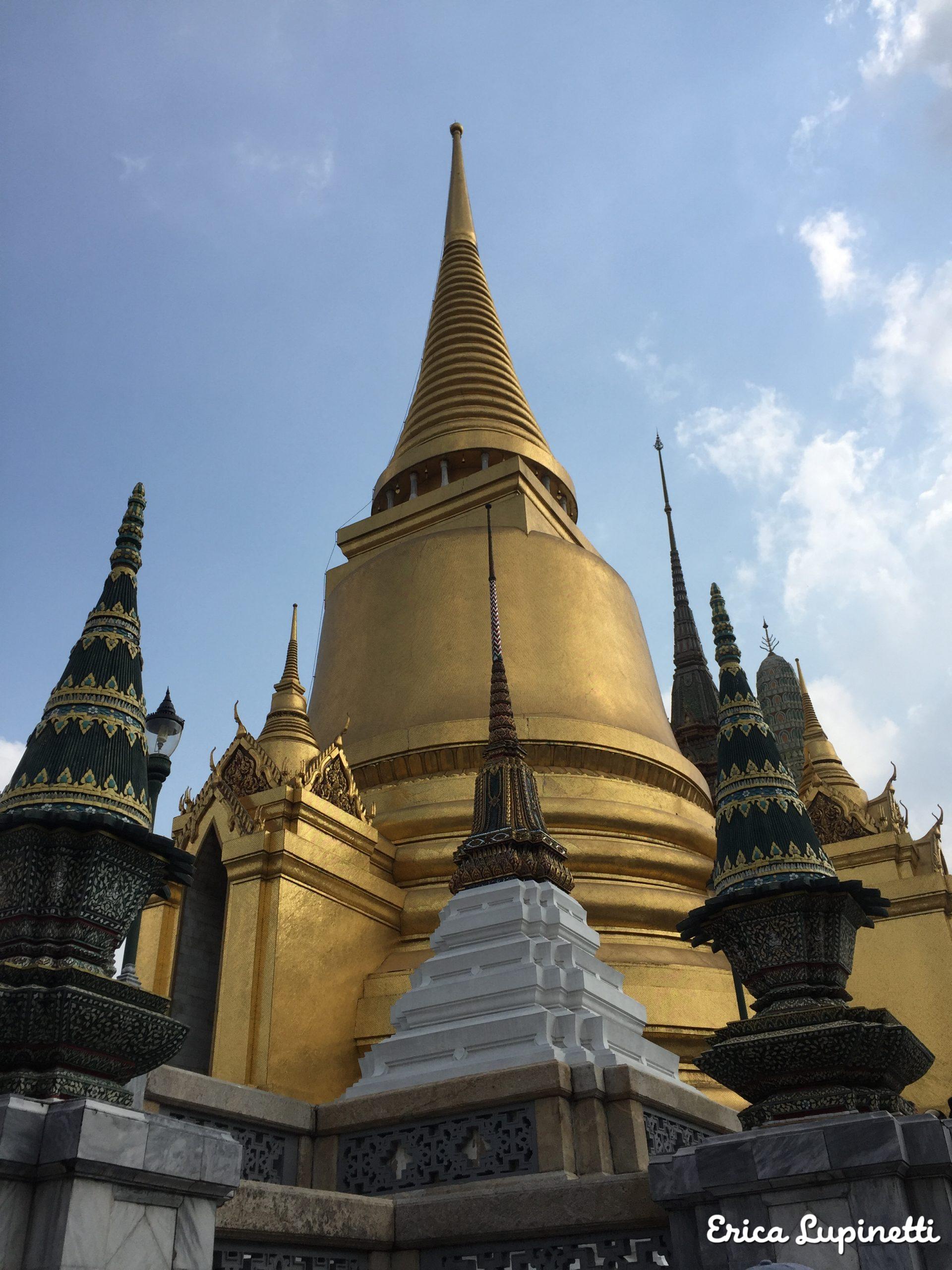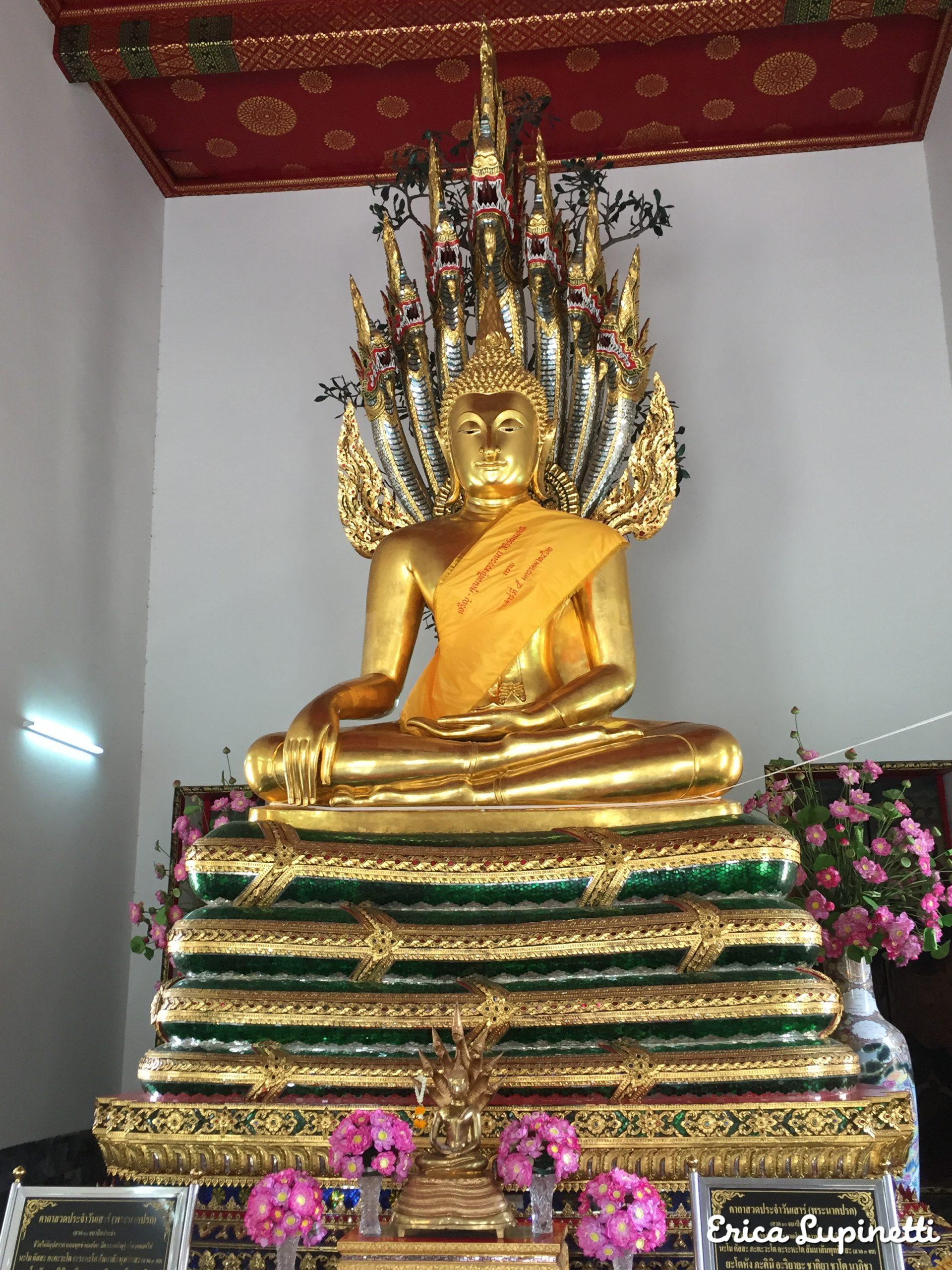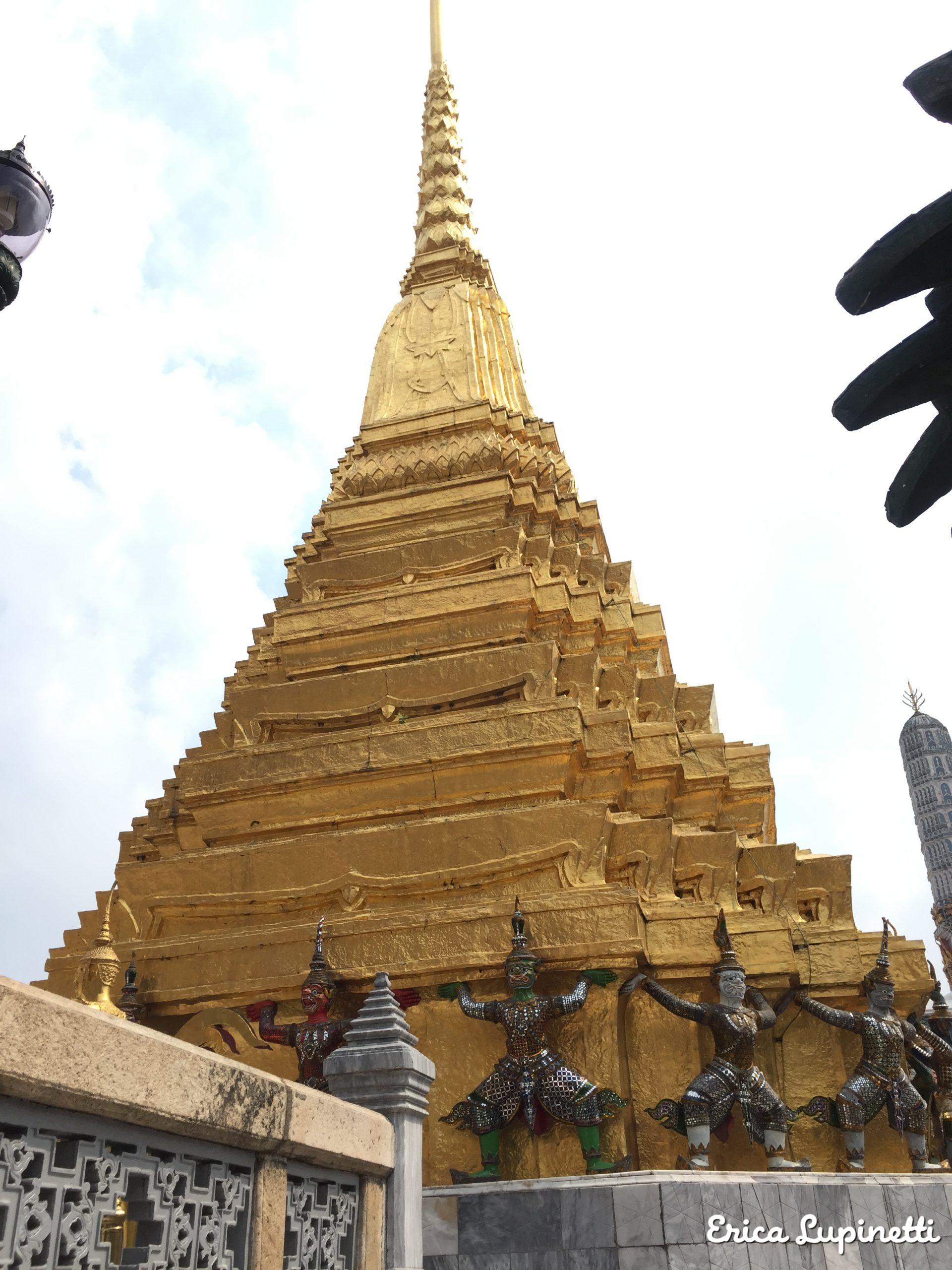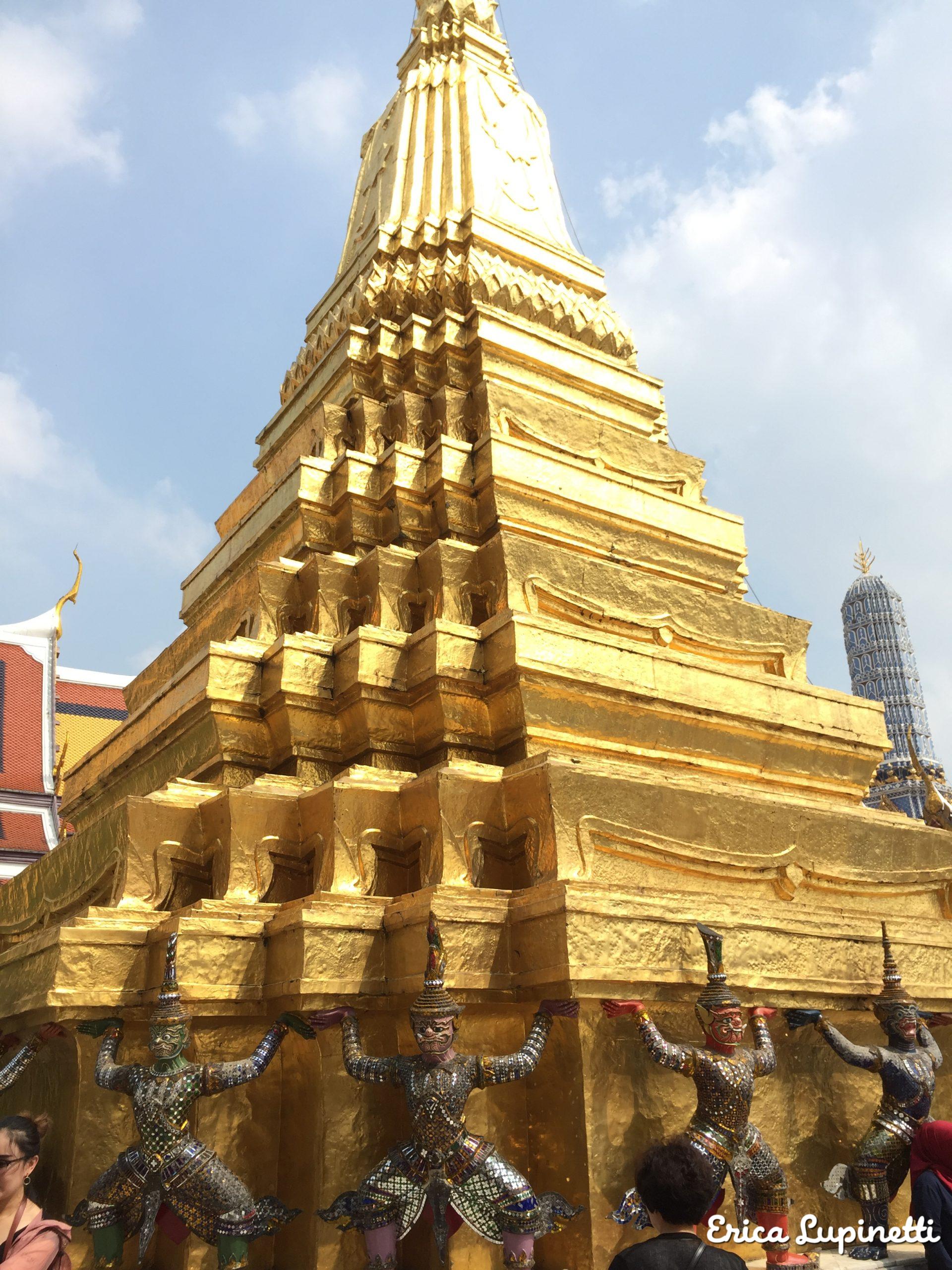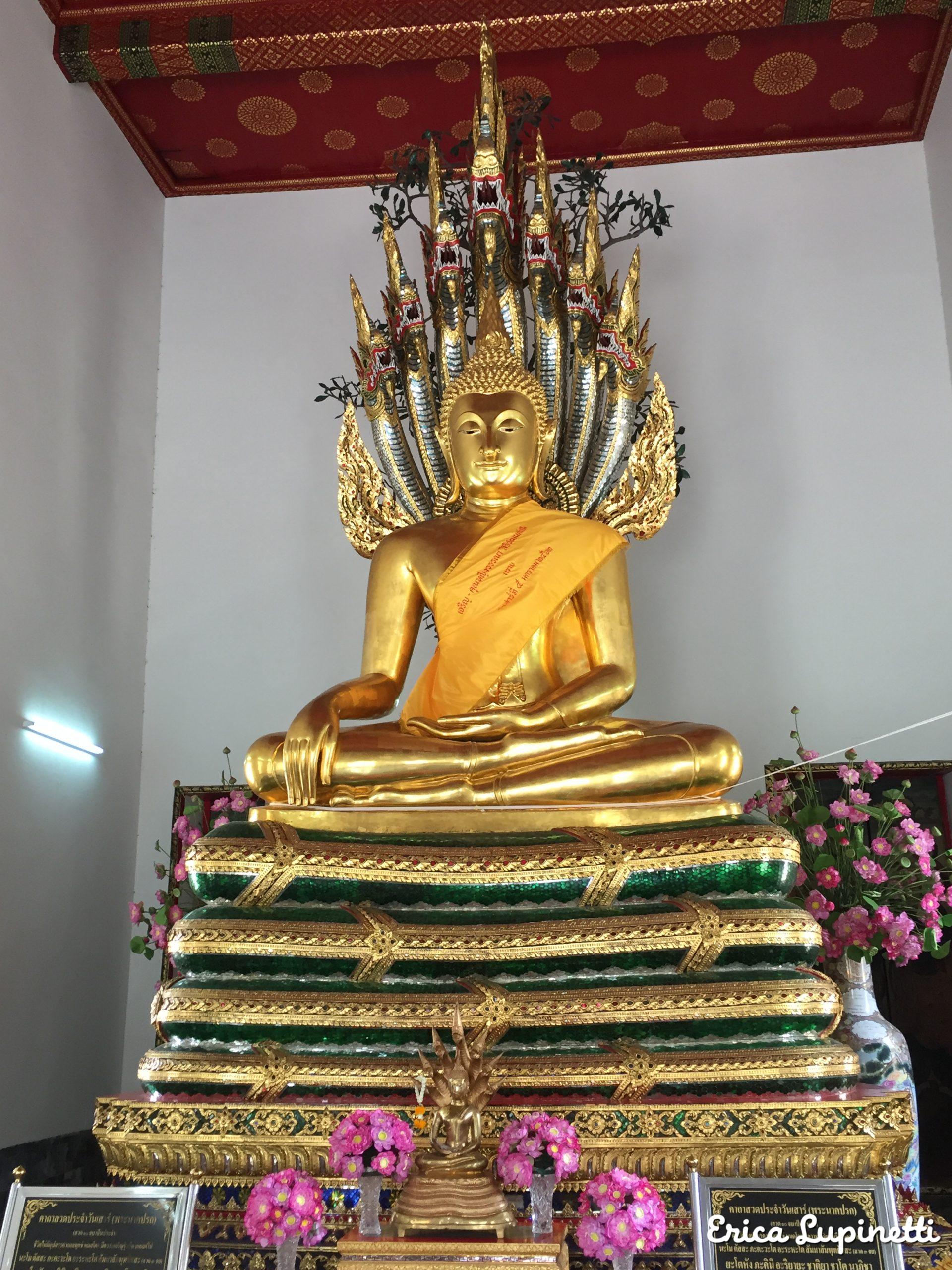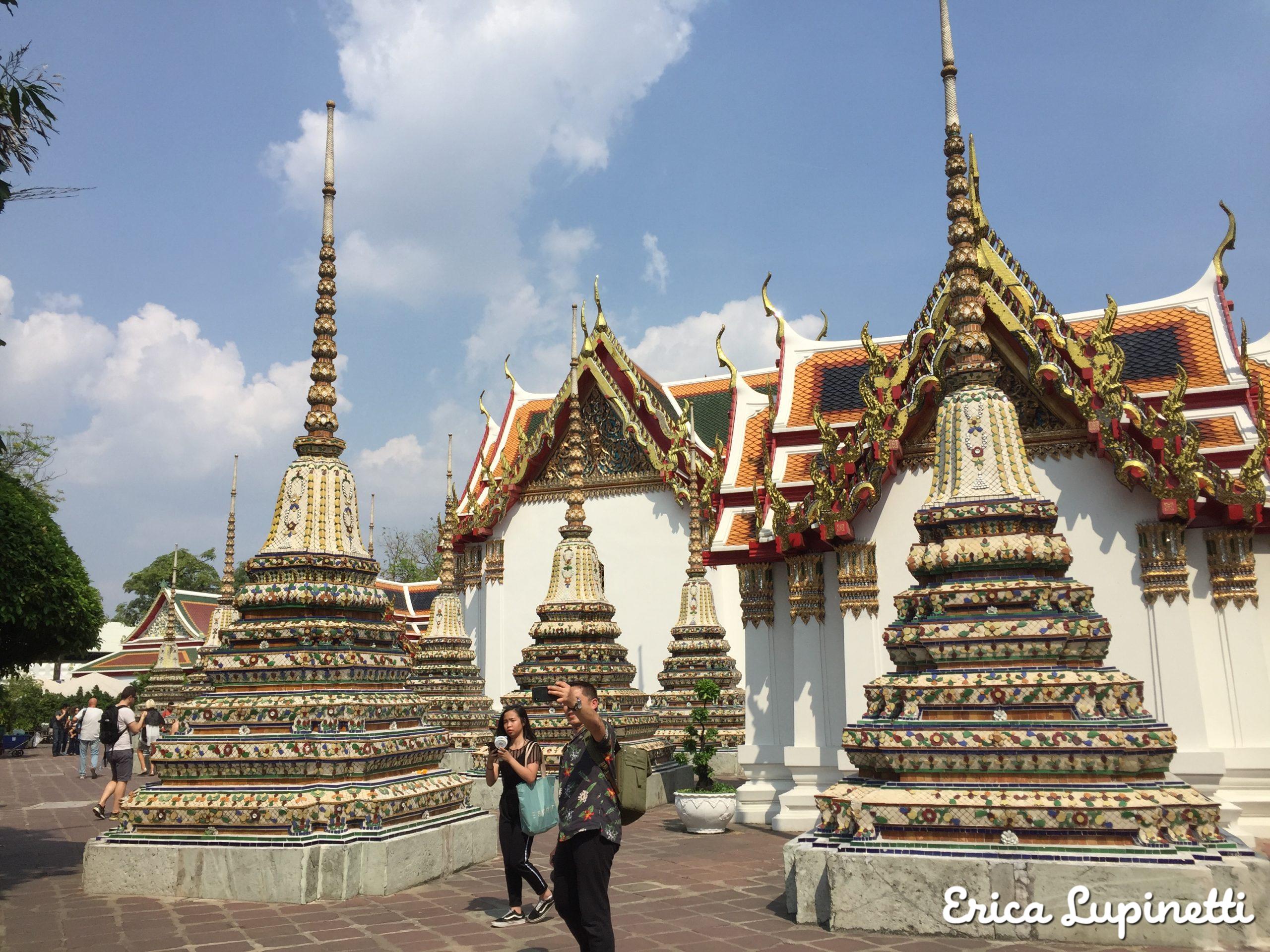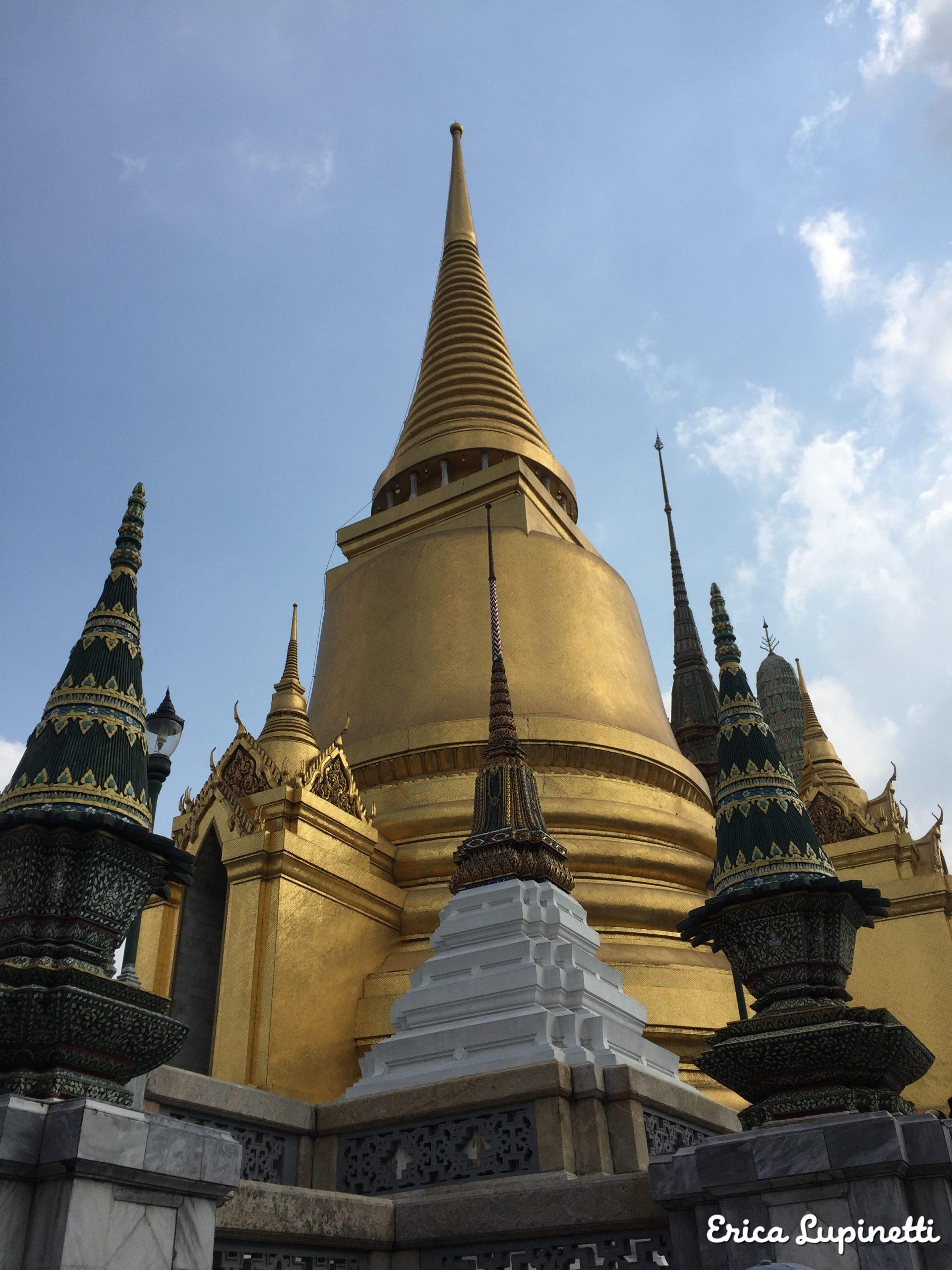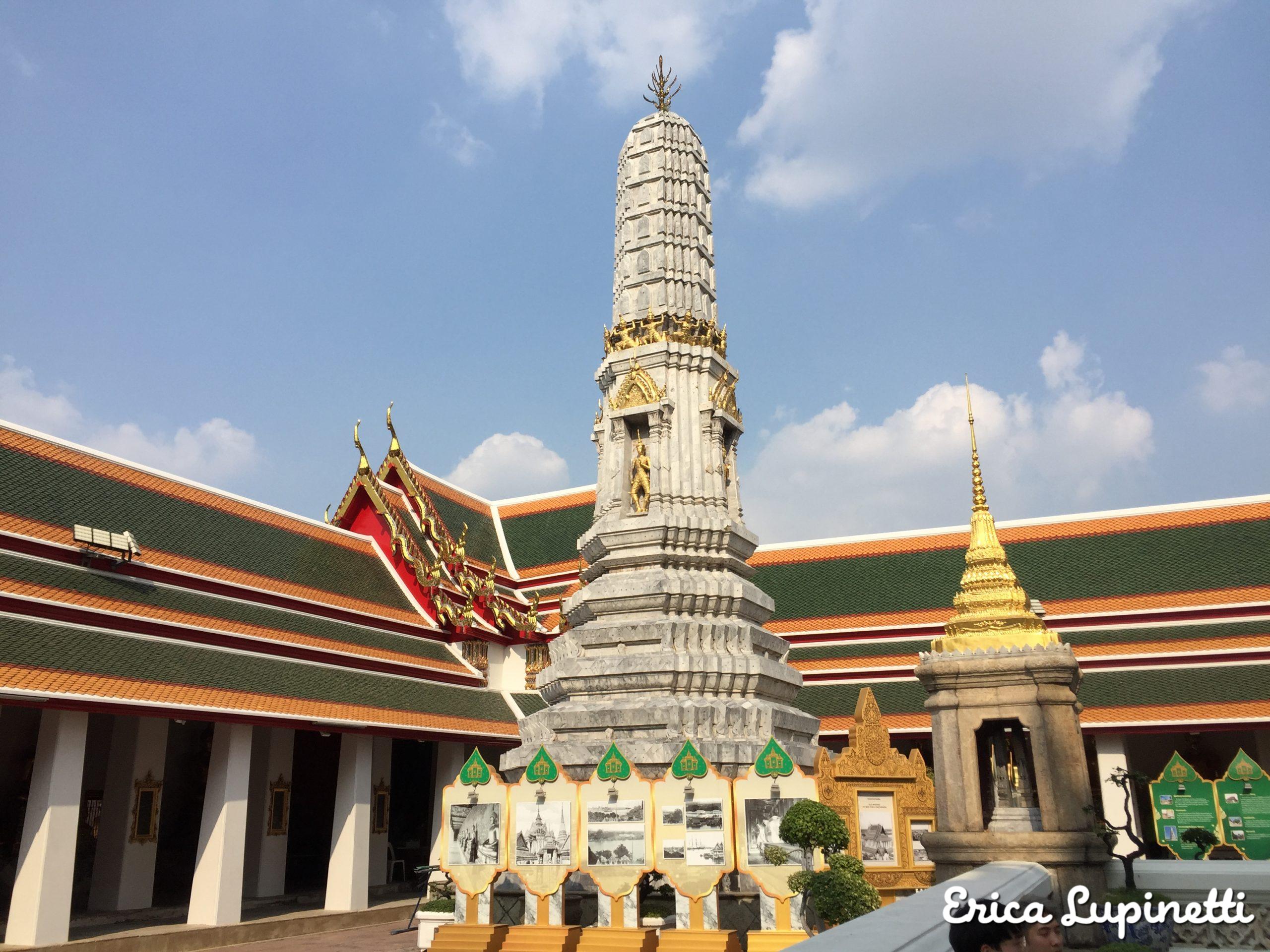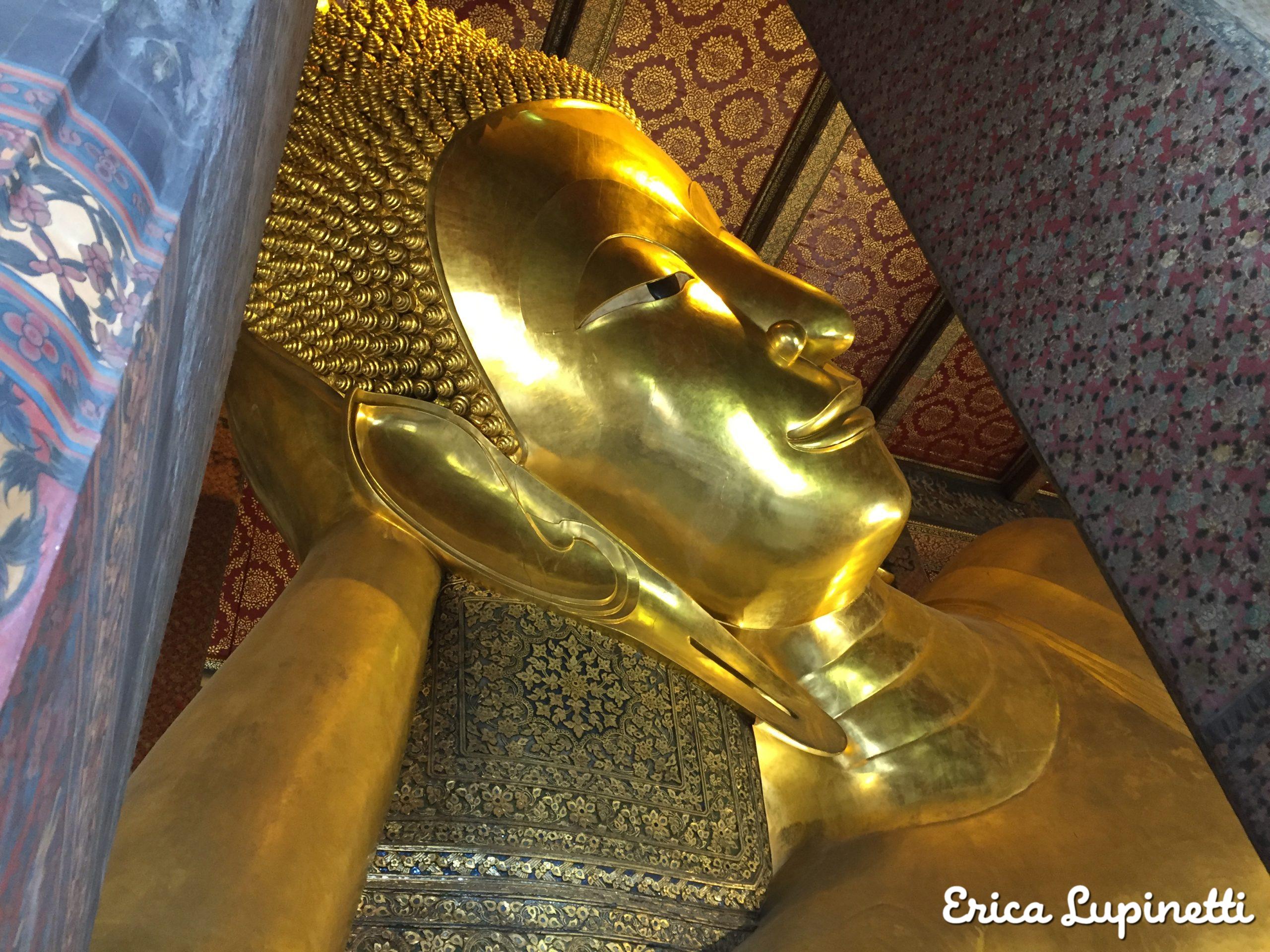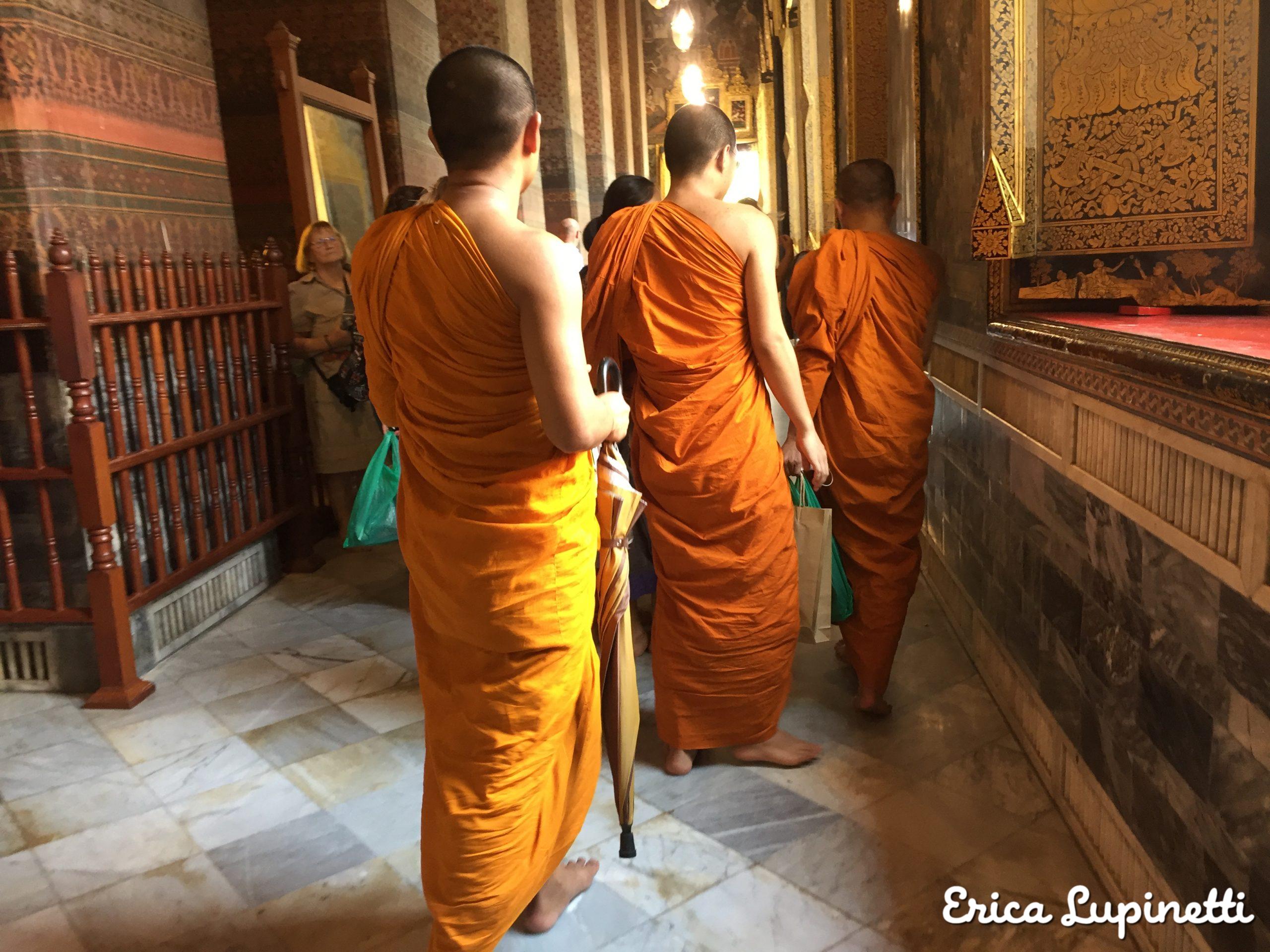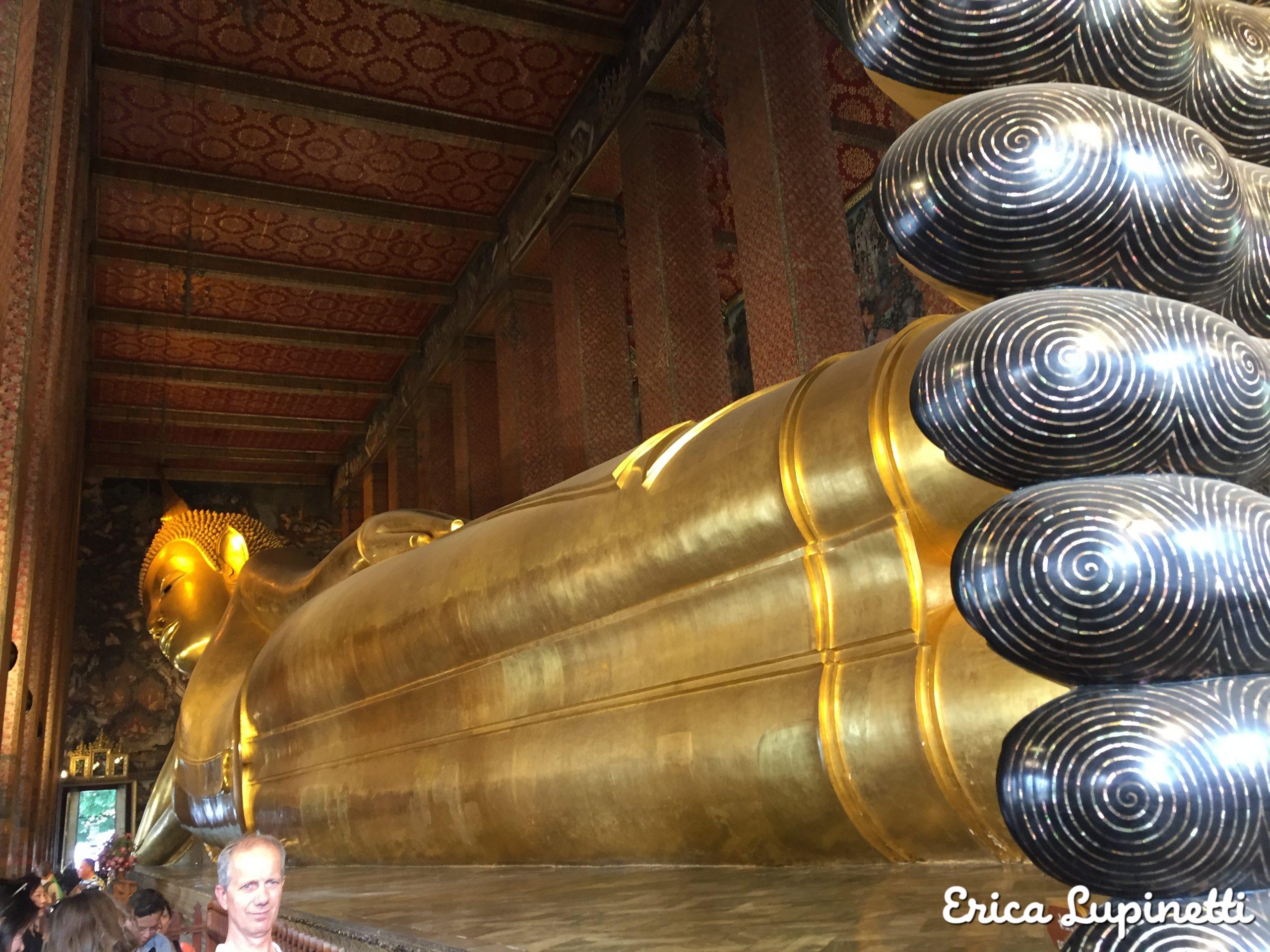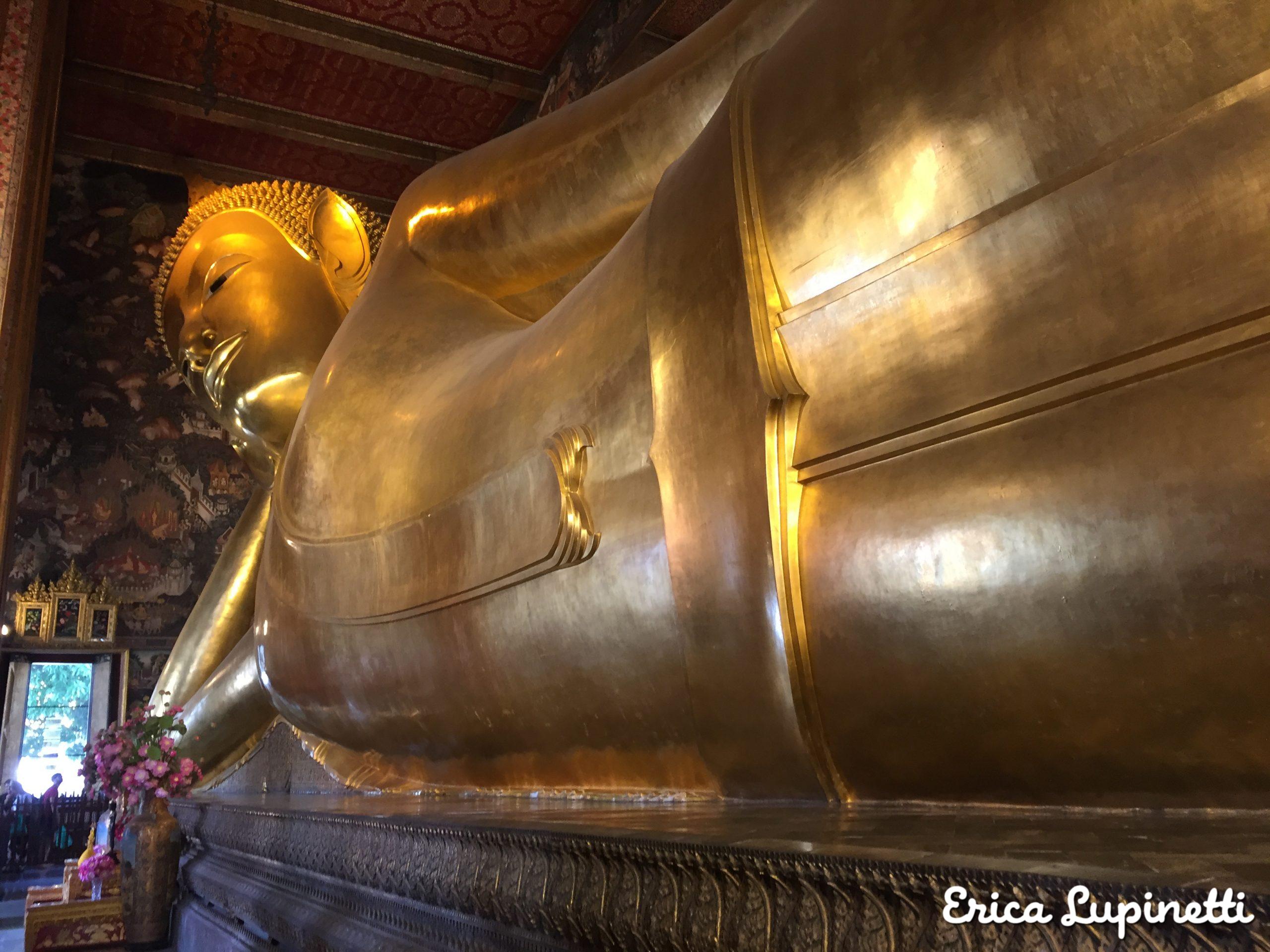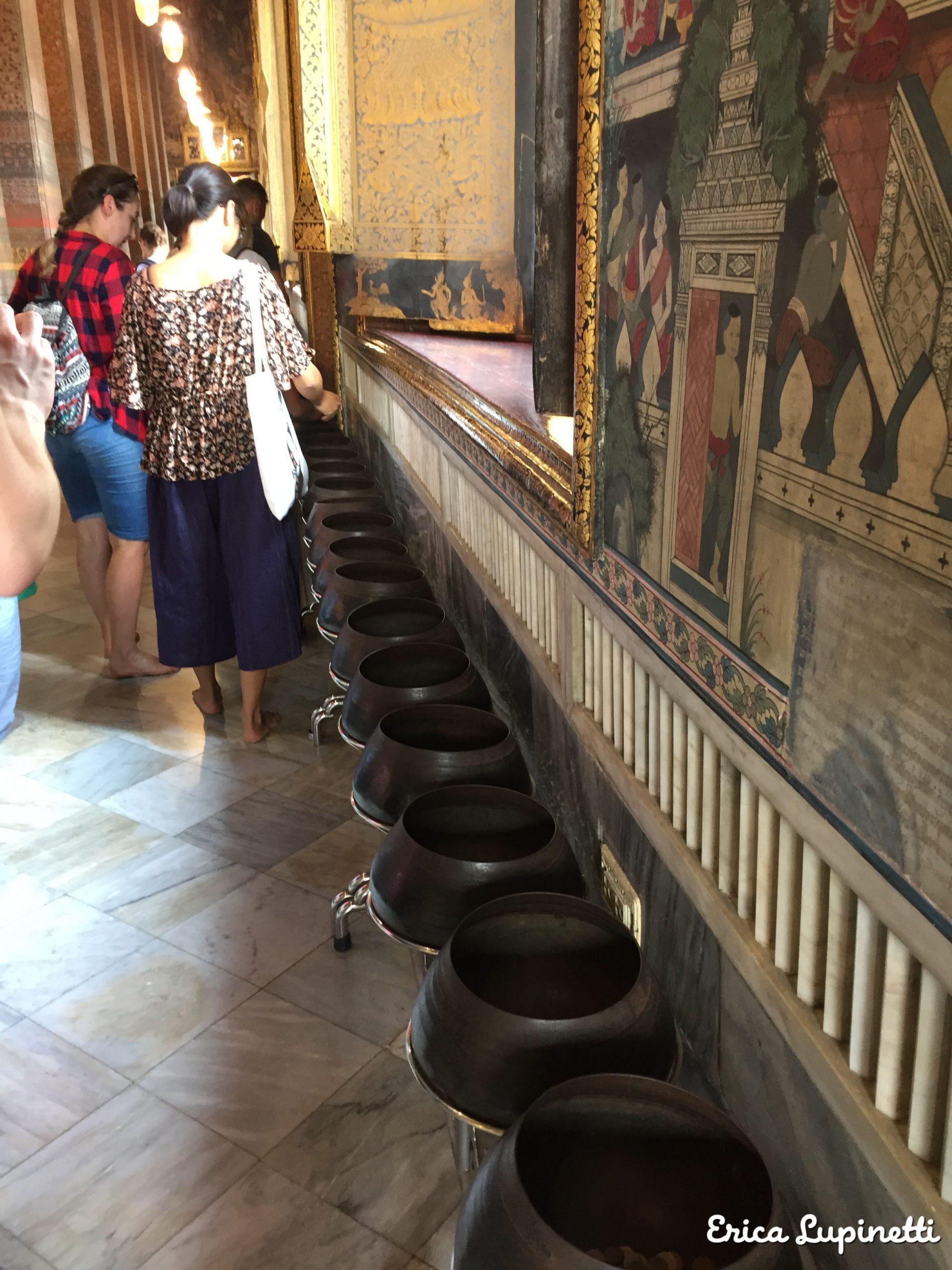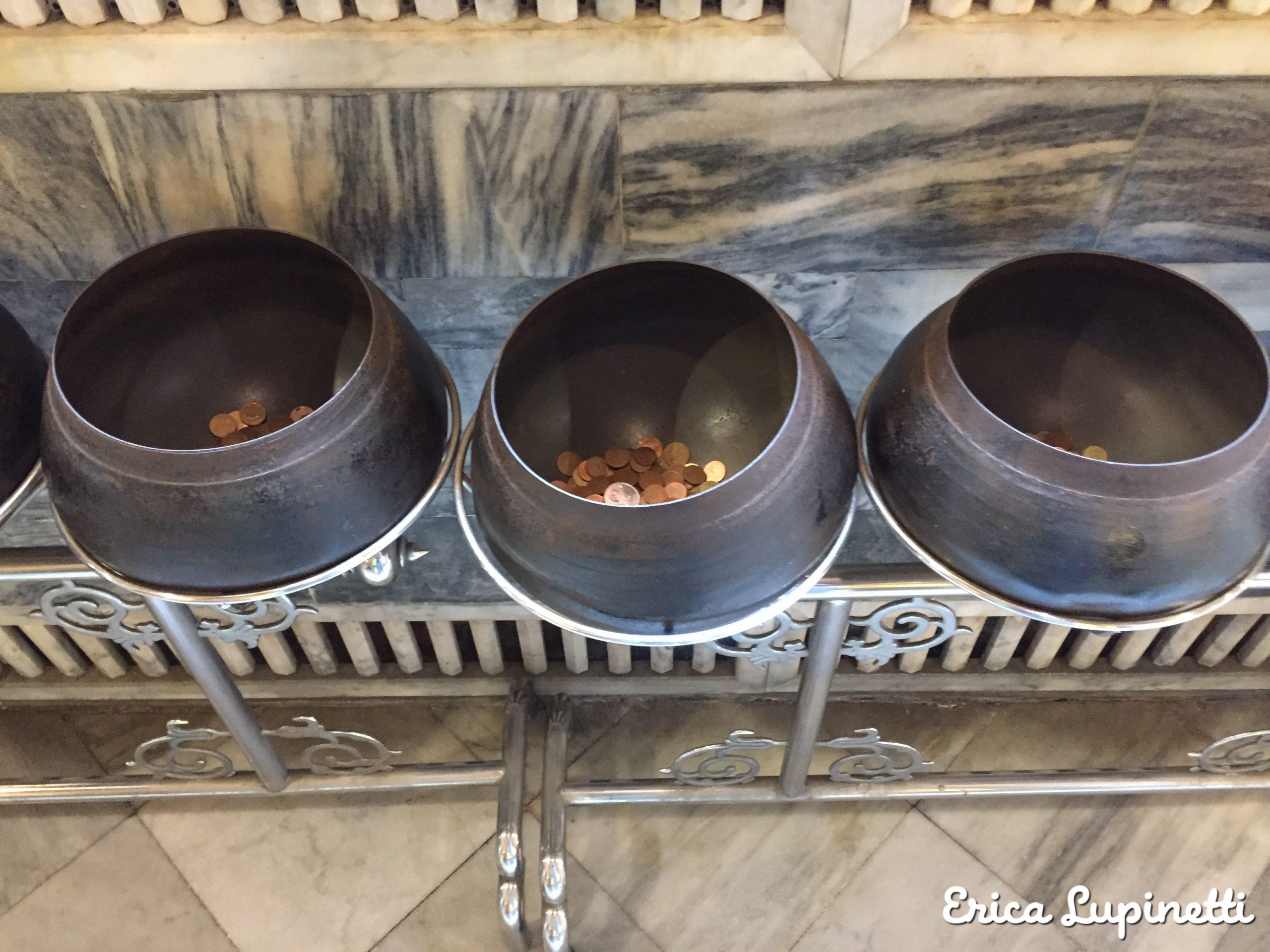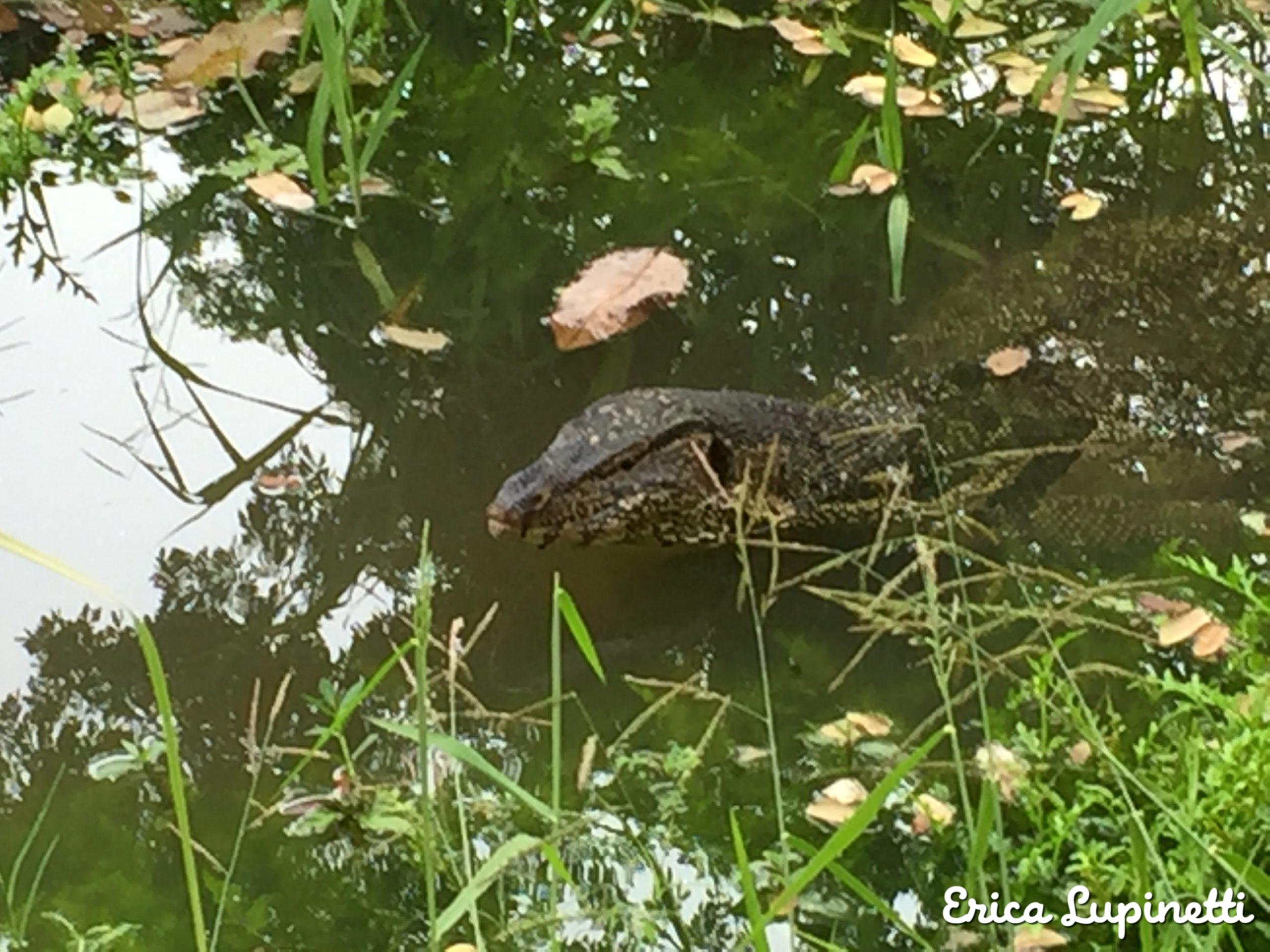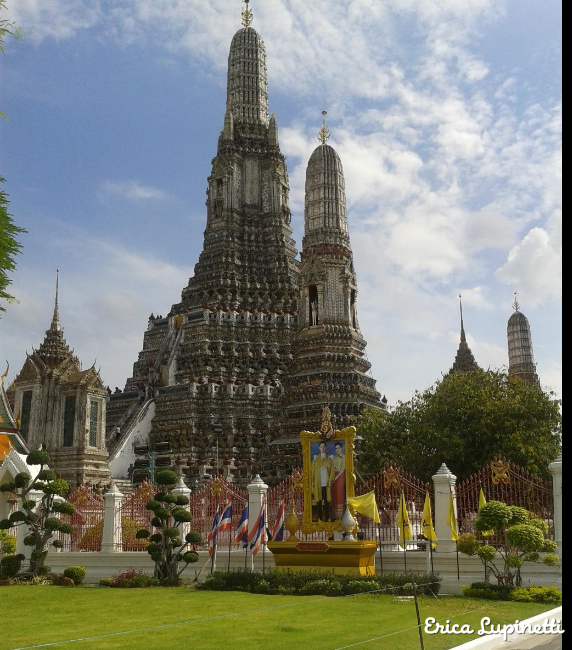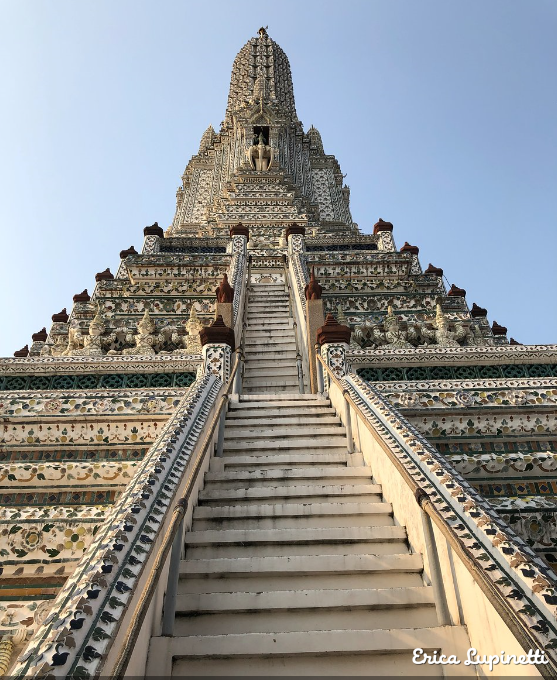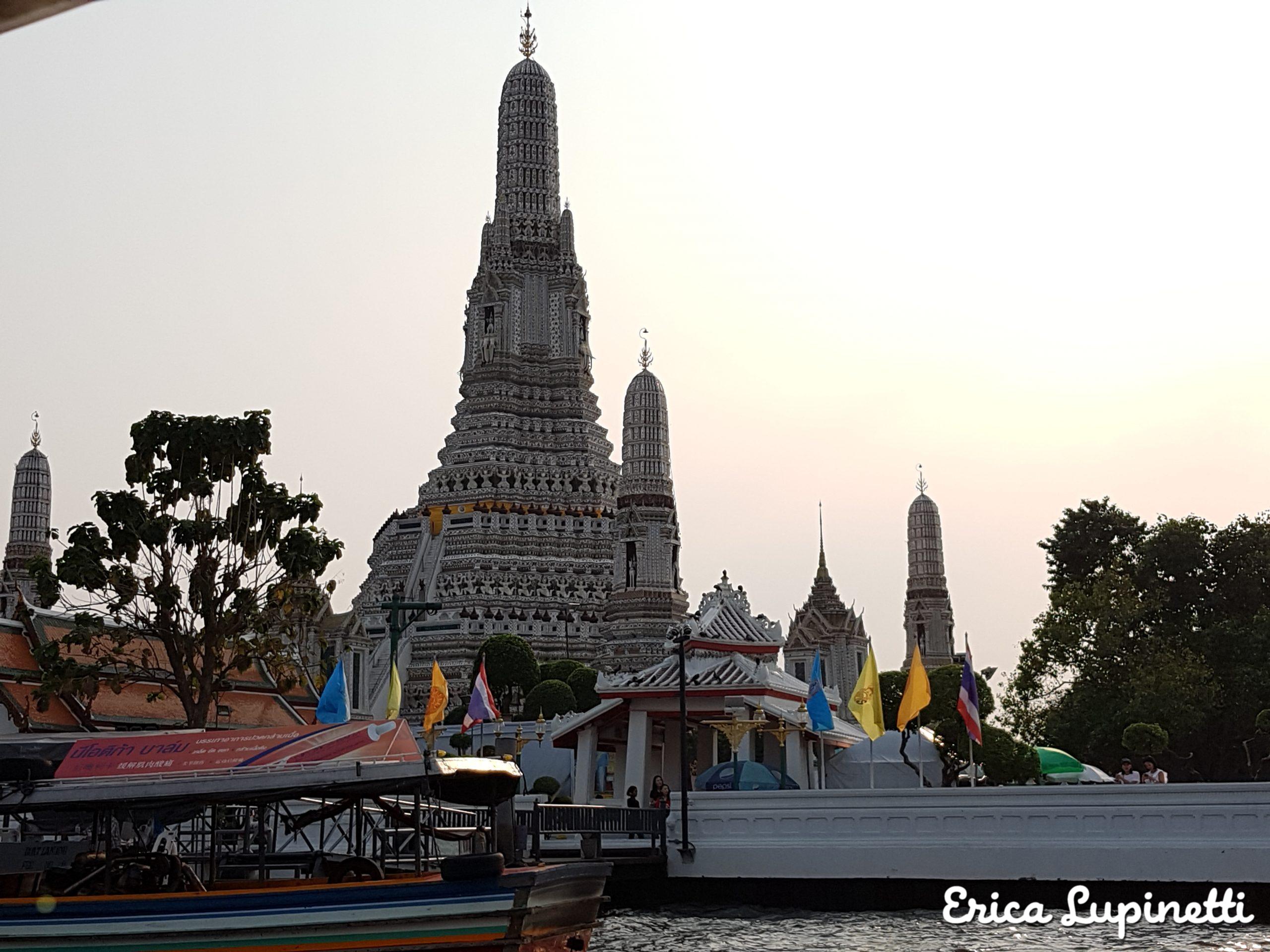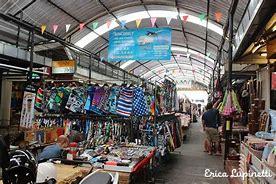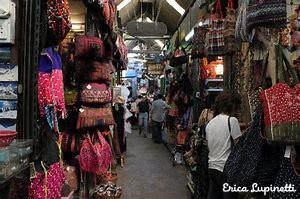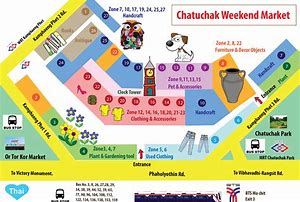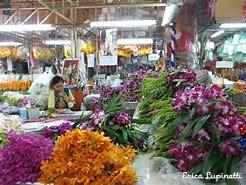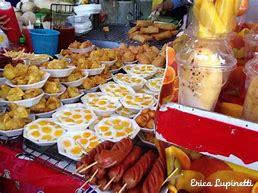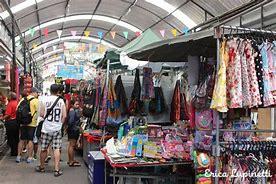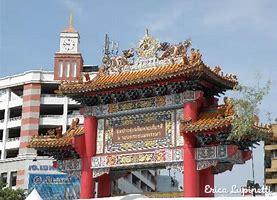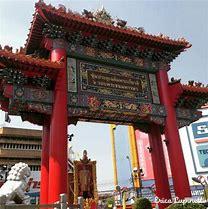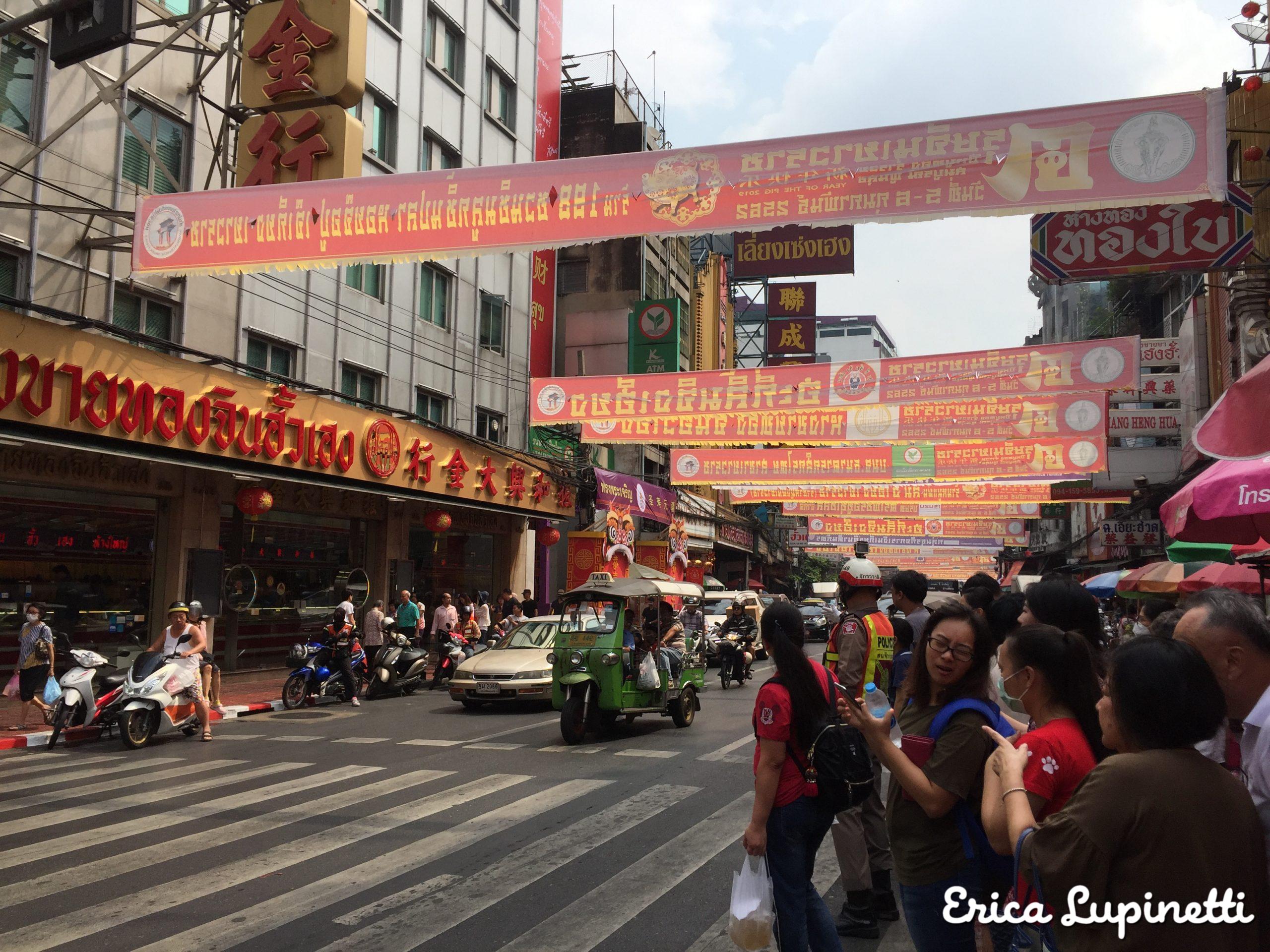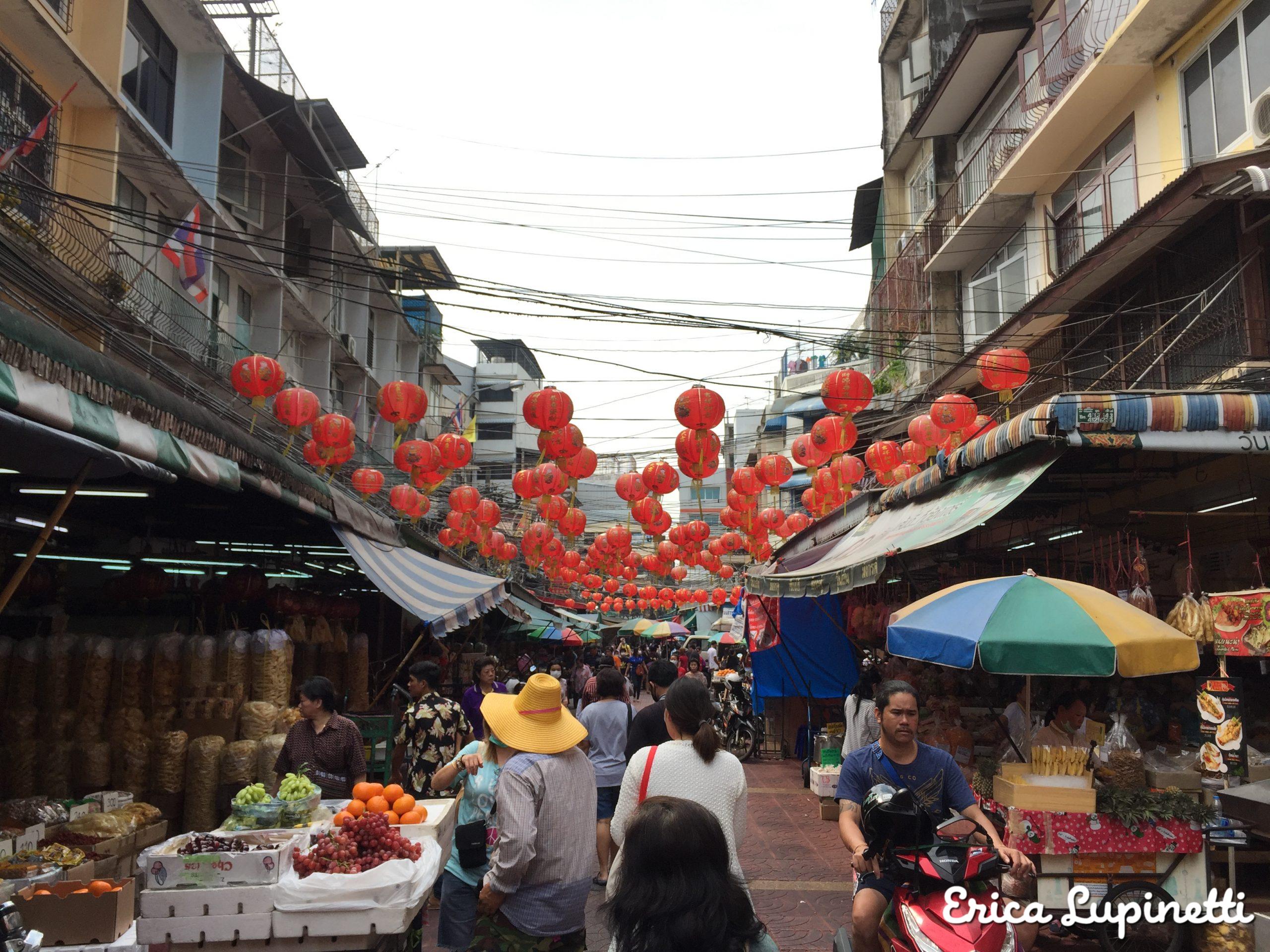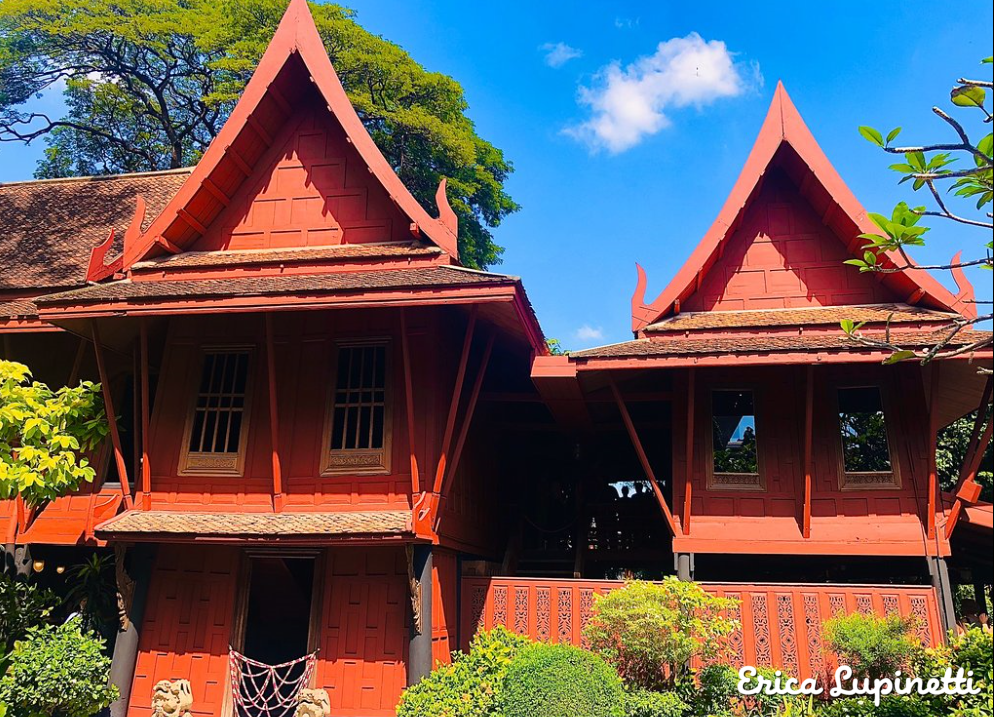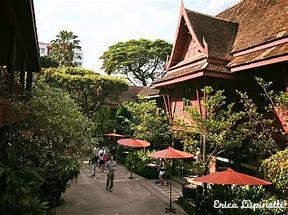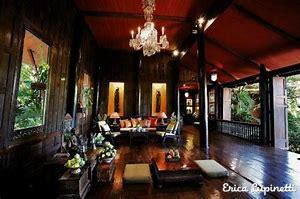Eight things not to miss when visiting Bangkok
Shiny temples, massive Buddha statues and a fascinating culture made up for the lack of major museums in Bangkok. If the city traffic, heat, or chaos get the best of you, pony up $9 for an hour-long massage to rub your troubles away.
From exploring spiritual and historic Buddhist temples to stroll around markets, there are plenty of things to see and do in Bangkok. The ancient temples Wat Pho and Wat Arun, the unmissable Chatuchak Weekend Market (it’s one of the largest markets in the world), where you can buy snacks, drinks, all sort of merchandise and living animals too. As for sightseeing The Grand Palace and Lumphini Park with its Monitor lizards should be mentioned among the main attractions.
1. The Grand Palace
The Grand Palace is one the world’s most visited attractions every year and it will drain all your energies and water reserve to see it all. Once home to the Thailand’s monarchy, we suggest you to buy your tickets online to skip the queues and to come early to avoid huge crowds and excessive heat. I recommend to hire an electronic multilingual guide to sink in the local history and better understand the symbols and statues decorating this huge site. Wat Phra Kaeo, the temple inside the Grand Palace, is Thailand’s holiest shrine and hosts the famous 26-inch tall Emerald Buddha, the major sacred image in the kingdom.
In 1782, the palace was built after Kind Rama I ascension to the throne. Before this date, the royal palace was located in Thonburi on the other side of the river but the king considered it unsuitable and decided to establish the new capital on the other side of the river.
The Grand Palace complex was established and conceived to be not only to be the royal residence, but also to include the government offices as well as the renowned Temple of the Emerald Buddha. The site covers an area of 218,000 square metres and it is surrounded by four walls, 1900 metres in length.

2. Wat Phra Kaew: the Emerald Buddha Temple
The Temple of The Emerald Buddha was especially built to house a figurine of the seated meditating Buddha made of green jade, clothed in gold and diamonds
This is Thailand’s most important sacred temple and local are very respectful and strict rules apply when entering temples (such as keeping your head bended, taking off your shoes, wear long clothes covering your body, act with reverence etc.)
The particular meditation position of Buddha, remind us of Sri Lanka statues style: It is strongly believed that the statues brings prosperity and good fortune to the country in which it resides. For this reason many Asian kingdoms battled to bring this statue home. From India it was moved to Sri Lanka and the to Cambodia in Angor Wat temple.
The complete story behind the very early history of The Emerald Buddha remains somewhat a mystery, it’s believed that from India the statue was moved to Sri Lanka and from there was taken to Cambodia where it was kept at Angkor Wat.
Ultimately arriving in Thailand to reside in various temples located in provincial kingdoms that quickly rose in prominence, including Ayutthaya, Lopburi provinces. In 1778, King Taksin went to battle against Laos and retrieved The Emerald Buddha which he kept in Wat Arun temple.
3. Wat Pho: the Temple of the Reclining Buddha
This Buddhist temple complex stretching over 80,000 sqm2 south of The Grand Palace in Bangkok is home to the largest collection of Buddha figurines in Thailand. The most famous one is the 46 meter long gold plated reclining Buddha. Wat Pho is one of Bangkok’s most ancient temples: it was originally named Wat Photaram, referring to the monastery of Bodh Gaya in India where Buddha attained enlightenment.
It is also considered as the birthplace of traditional natural Thai medicine and massage which is still taught and practiced there today. Don’t lose the occasion and book a traditional Thai massage from a qualified practitioner.
Wat Pho was intended to serve as a place of education for the general public. A pictorial encyclopaedia was carved on granite stone slabs outlining eight subjects, history, medicine, health, customs, literature, proverbs, lexicography (the craft of compiling, writing and editing dictionaries), and Buddhist religion. These plaques, inscribed with text and illustrations on medicine, Thai traditional massage, and many other subjects, are placed around the temple, for example Hermit Hill, contains several statues showing techniques of massage and yoga positions.
The soles of the feet are crafted with mother-of-pearl shell and at the centre of each foot there is a wheel symbol referring to one of many chakra energy points where universal energy flows into the body.
Within the corridor there are 108 bronze bowls representing the 108 auspicious characteristics of The Buddha: It is believed donating coins into these bowls brings wealth and prosperity. Coins can be exchanged in the temple and donations support the monks community. Your admission includes a complimentary (much appreciated) bottle of water. Shoes will need to be removed and a respectful outfit is demanded to all visitors (Long skirts/trousers and sleeved shirts).
4. Lumpini Park
The lush green huge space of this park is most welcome after a day spent roaming in the traffic Bangkok jungle and queuing at temples gates under the humid heat. This park is jogger paradise and many locals come here to do open air exercise and Tai-Chi in the morning or aerobics in the late afternoon. The best time to come is 6pm when the Thai Anthem is regularly plays through speakers and everybody stops to listen.
The park was originally a royal reserve but in 1925 King Rama VI declared it a public space and it is now the best place to breath under and rest a while in the wooden areas or stroll along shady paths. Children will love the playgrounds, there are also paddleboards and street vendors of chilled drinks and snacks. The huge lake is home to curious Monitor lizards which won’t hesitate to come and see you to share your meal or sun bathe at the water surface. It is recommended to avoid the area in the evening which become pretty dodgy and it is sadly renowned for sex workers and prostitution.
5. Wat Arun Temple
Also called the Temple of Dawn, this building is one of he most famous landmarks of the city and it characterised by vertiginous steep stairs to climb to the top and enjoy a lovely view at sunset over the Chao Praya river. The Buddhist temple central ‘ tower was designed to recall Mount Meru, the sacred mount located beyond the physical world. The temple also has four minor towers each with an image of the guardian god and intricate golden and china decorations.
The mount representing the center of the universe and the focus of the mind was the preferred location for king King Taksin’s fleet sailing down the river at dawn to pause and pray as the temple was the first part of the city to catch the morning sun. Hence the name the Temple of Dawn.
6. Chatuchak Weekend Market: all the buyable and unbuyable things in one place
Chatuchak Weekend Market is one of the world’s largest weekend markets covers area of 27 Acres divided into 27 Sections, contains more than 15,000 stalls selling all sort of goods from every part of Thailand. Chatuchak Weekend Market is very popular shopping centre to Thais and has become a popular place to tourists and foreigners who stay in Bangkok, has over 200,000 visitors each day. In this paraphernalia seems to unite everything buyable, from second-hand shoes to illegal selling of baby squirrels and wildlife.
The best is to come early in the morning to avoid the heat and the crowds and but all your gifts and souvenirs and try out local specialties. To find your way, remember to keep an eye on the clock tower and take a picture of the map and sections at the entry. Stalls are “organised” in sections divided per theme: handcrafts and souvenirs, clothes and accessorizes, furniture, and decorations, eating and drinking, plants and flowers, and last but not least pets.
7. Bangkok’s Chinatown: a city within the city
A whole new unpredictable world will appear before your eyes once you trespass the traditional red Chinese arch setting the boundaries between Bangkok and almost a different city.
Before the foundation of Bangkok as a capital, the Chinese community was long established in this territory. The land where the grand palace is today was originally a community of Chinese traders. Traders were asked to move when King Rama I decided to establish the capital on the site. So they settled to the east of the new city, along the river. The extremely narrow Sampaeng Lane, which isn’t even big enough for a car, was once Chinatown’s main street. In 1902, the Chinese community petitioned the king for a larger road and Yaowarat Road was built as a result.
The best way to visit this hectic area is to get lost in the street maze packed with restaurants and vendors of typical Chinese fish dishes such as shark’s fin (not recommended as sharks are protected) or a noodle bowl. You could spend days and wander through markets, pop in multiple gold shops.
A visit to Sampaeng Lane is worth it, since it is an impossibly long and narrow lane enough for one person to pass through where you can buy all sort of cheap objects.
Among the various Chinese temple you can visit in the area, Wat Chakrawat is worth the visit as it houses one of the largest communities of monks and novices in Bangkok and you can also find crocodiles guarding the temple and the Wat Traimit home to the Golden Buddha, a golden statue weighing 5.5 tonnes under a thick layer of plaster and stucco who was scraped off in 1955. It was originally applied to hide the true value of the statue during the Burmese siege in the late Sukhothai period or the Ayutthaya period.
8. Jim Thompson’s House: a collector house
Jim Thompson, born in Delaware in 1906 was an American art collector and business entrepreneurs in the silk trade. This traditional teak Thai house immersed in lush vegetation was his residence in Bangkok is made with part of reassembled derelict Thai houses. Thompson briefly served in the Office of Strategic Services (the forerunner of the CIA) in Thailand during II World World and he settled in Bangkok after the war. Samples of silk were sent to the main fashion houses in Milan, London and Paris which made him famous among wealthy buyers and clients.
His small but splendid Asian art collection and his personal belongings are also on display in the main house.
In 1967, Thompson apparently disappeared during an afternoon walk in Malesia and the same year his sister was murdered in the US. The conspiracy theory became the most likely one considering his anti-American ideas in the latest years of his life which made him a potential CIA target.




